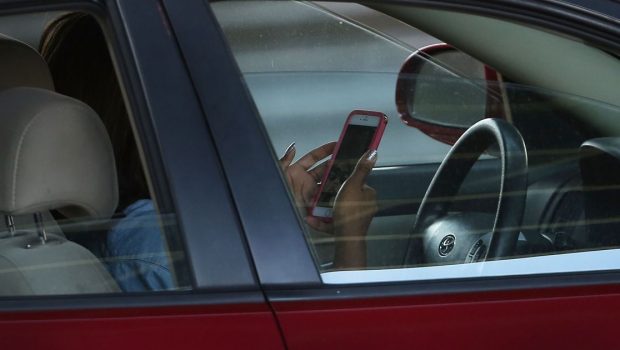The evolution of navigation technology and today’s double-edged sword
Road tripping used to involve a folding map or atlas. I vividly remember riding shotgun on my family’s annual St. Augustine, Florida trip and my dad simultaneously driving and trying to find an exit on a road map. When he couldn’t find it - while driving our 1985 Mercury Grand Marquis faux-wood paneled station wagon at 80 mph — he would hand the map to nine year-old me. My navigation skills in the 1990s went as far as the direct half-mile walk between Sagamore Hills Elementary school and my grandmother’s house. Needless to say, we were both quite frustrated by that.
Sorry, dad.
The late 1990s early 2000s brought the advent of Mapquest and the printing of turn-by-turn directions. This was quite an improvement, but still involved constantly taking eyes off the road and down to the 8.5″ by 11.5″ sheet that hopefully the printer’s toner level made legible.
Mapquest did not account for traffic delays, of course.
Then came the fixed GPS devices of the 2000s, which were a new level of convenience, but also left drivers up the creek if they did not update the gadgets regularly. GPS trackers also performed far more poorly than smartphones do with signal in rural areas.
At very least, Garmin and TomTom paved the way for guiding drivers electronically and at or close to eye-level.
Cars in the last few years have built-in navigation systems in their infotainment centers. And while these work, the average factory-built dashboard navigation system is not nearly as user-friendly, traffic-responsive, or accurate as the aforementioned smartphone apps.
Any driver with a later model car with Apple CarPlay or Android Auto compatibility should put those to use. That interface is far easier to use than standard car systems and both Apple and Android have built-in features to limit what drivers can do on that dash screen while driving.
The audio for the turn-by-turn plays over the car’s sound systems and drivers can fairly easily toggle between the radio, music apps, podcast apps, and calls. Texting is also completely hands-free in Apple CarPlay and Android Auto, as those systems read texts. They do not display the writing in texts.
If a driver is very concerned about their vehicle not having Apple CarPlay, Android Auto, or even a factory-built-in system, they can easily equip their cars to be hands-free. Buying a simple AC vent-mobile phone holder (or one that can suction to the windshield) allows a driver to fix their phone in a nearly eye-level position, without having to hold it.
If they want the sound of the phone to play over a car’s sound system, there are multiple adapters that can plug into cigarette lighters and USB ports and can transmit over an FM channel and play on the car’s speakers. The driver would then just set their phone into Bluetooth and connect to that adapter or device.
These are the changes I made when the 2018 Hands-Free Georgia Act went into effect. I drove two older cars then and still use one of those now. That 2010 SUV still has both a phone-holder and a Bluetooth-FM adapter. It works almost seamlessly.
The trick to using this technology is making as many adjustments as possible before a car is in motion. Drivers should check the turn-by-turn directions in, say, Google Maps and make sure they have an idea of where the “bots” are sending them. Motorists should also do any Bluetooth and settings adjustments before the trip. Doing those on the move is dangerous and illegal.
And, before setting the car into motion, open the WSB Triple Team Traffic Alerts App. Doing so allows the info from our team of experts in our 24/7 Traffic Center to reach drivers automatically. The reports we record for major incidents play automatically over the other sounds on a phone, when a driver gets near a major problem. We also have a great map with either Apple Maps or Google Maps traffic data, with our traffic incidents overlayed, that drivers can easily use to plot their routes or just see why they are stuck.
Checking our app and leaving it running is legal.
Planning family road trips during the holidays, as many drivers reading this at press time are wrapping up theirs, has gotten far easier because of these technological advancements. Even though smart devices are far more distracting, the convenience they provide in both navigation and traffic info lightens the load. And having that information in audible, eye-level, and user-friendly form does make navigating much safer than 20 years ago.
But the responsibility that driving requires does not rest with Big Tech. It rests with the driver having ownership of their ride and awareness of their surroundings. That is the not-so-secret sauce to road tripping safely.
Doug Turnbull, the PM drive Skycopter anchor for Triple Team Traffic on 95.5 WSB, is the Gridlock Guy. He also hosts a traffic podcast with Smilin’ Mark McKay on wsbradio.com. Contact him at Doug.Turnbull@cmg.com.








Gloss